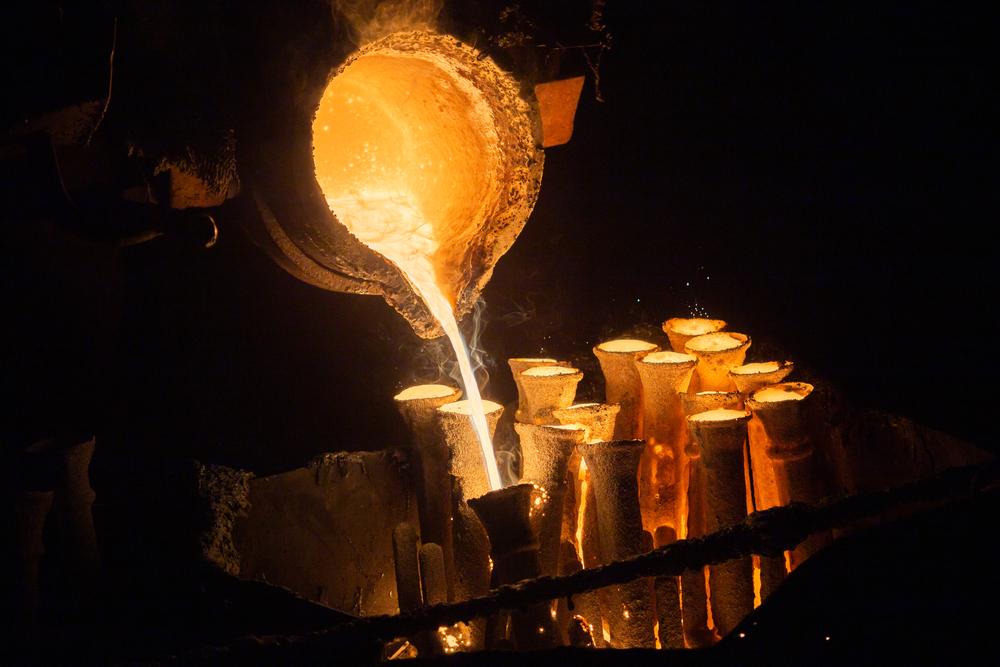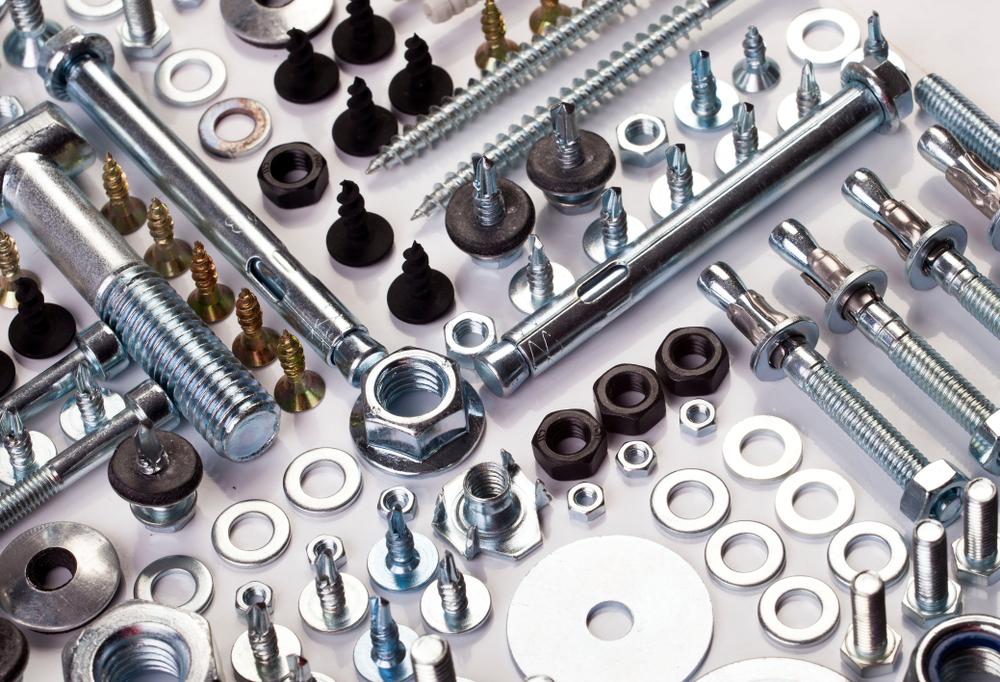FASTENERS
Type of Fasteners
Bolts
Buckles
Bushings
Caps & Ends
Clamps
Clasps
Clevises
Clips
Cold Headed
Connectors
Dowels & Pins
Hose Couplings
Locknuts
Nails
Nuts
Rivets
Screws
Shackles
Shaft Couplings
Shafts
Spline Shafts
Studs
Washers
Materials
Alloy Steel
Aluminum
Brass
Copper
Exotic Metals
High Carbon Steel
Low Carbon Steel
Silicone Bronze
Stainless Steel
Bolt Types
Anchor
Anti-Rotation
Carriage
Clevis
Closet
Countersunk
Custom
Elevator
Eye Bent
Hook Bent
J Bent
Lag
Shoulder
Special
T-Handle
T-Head or T-Slot
Toggle
U Bent
Bolt and Screw Head Types
Binding
Button
Fillister
Flat
Flat Undercut
Headless
Hexagon
Indented Hexagon
One-Way
Oval
Pan
Phillips
Round
Shoulder
Socket
Square Shoulder
Trimmed Hex
Truss
Thread Types
American Corps of Mechanical Engineering (ACME)
Drive Screws
Drywall
Machine
Particle Board
Self-Drilling
Self-Drilling Drive Screws
Tri-lobular
Type 17
Type 23
Type 25
Type A
Type AB
Type B
Type F
Unified Coarse (UNC)
Unified Fine (UNF)
Bolt and Screw Drive Types
Combination
Hex/Hexagonal
Phillips
Six Lobe
Slotted
Socket
Square
Tamper Resistant
Torx
Nut Types
2-Way
Anchor
Automation
Cap
Castle
Center Lock
Conical
Coupling
DIN 980V
DIN 985
Eye
Finished Hex
Flex Lock
Heavy Hex
Hex Flange
Hex Jam
Keps
Nylon Insert
Nylon Patch
Nylon Pellet
Semi-Finished Hex
Serrated Hex Flange
Slotted Hex
Square
Thumb
Top Lock
Weld
Wing
Fitting and Nipple Types
Caps
Couplings
Elbows
Floor Flanges
Nipples
Reducing Couplings
Tees
Pin Types
Clevis
Cotter
Dowel
Ejector
Hitch
Locating
Self-Locking
Spring
Tapered
Rivet Types
Blind
Closed End
Hollow
Internally Threaded
Multigrip
Outside Prong
Pronged
Rod
Semi-Tubular
Slotted
Solid
Split
Threaded
Tubular
Washer Types
Arc
Belleville
Bevel
Conical
Dock
External
Fender
Fiber
Finishing
Flat Machine
Grommets
Hexagon
Hi-Collar
Insulating
Internal
Load-Measuring
Lock
Metric
Neoprene
Retaining Rings
Screw
Sealing
Split
Wave
Finish
Black Oxide
Everlube
Exotic Finishes
Mechanical Zinc
Organic
Powder Metal
Restriction of Hazardous Substances (RoHS) Compliant
Tin Plating
Zinc
Zinc Iron
Zinc Nickel
Zinc Phosphate
Additional Services
Anodizing
Assembly
Chamfering
Computer-Aided Design (CAD)
Computer-Aided Manufacturing (CAM) Programming
Electro-plating
Grinding
Heat Treating
Looping
Machining
Magnafluxing
Painting
Passivating
Powder Coating
Riveting
Swaging
Tapping
Tube Forming
Welding



